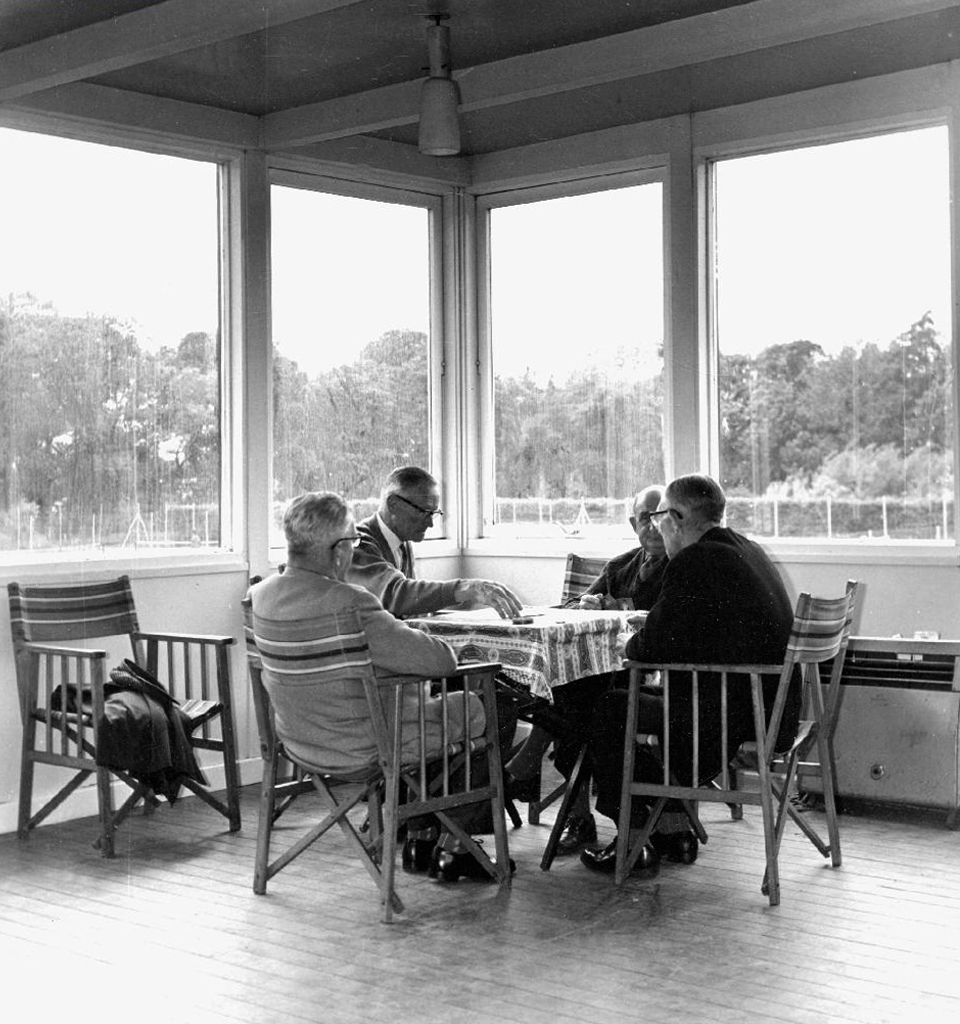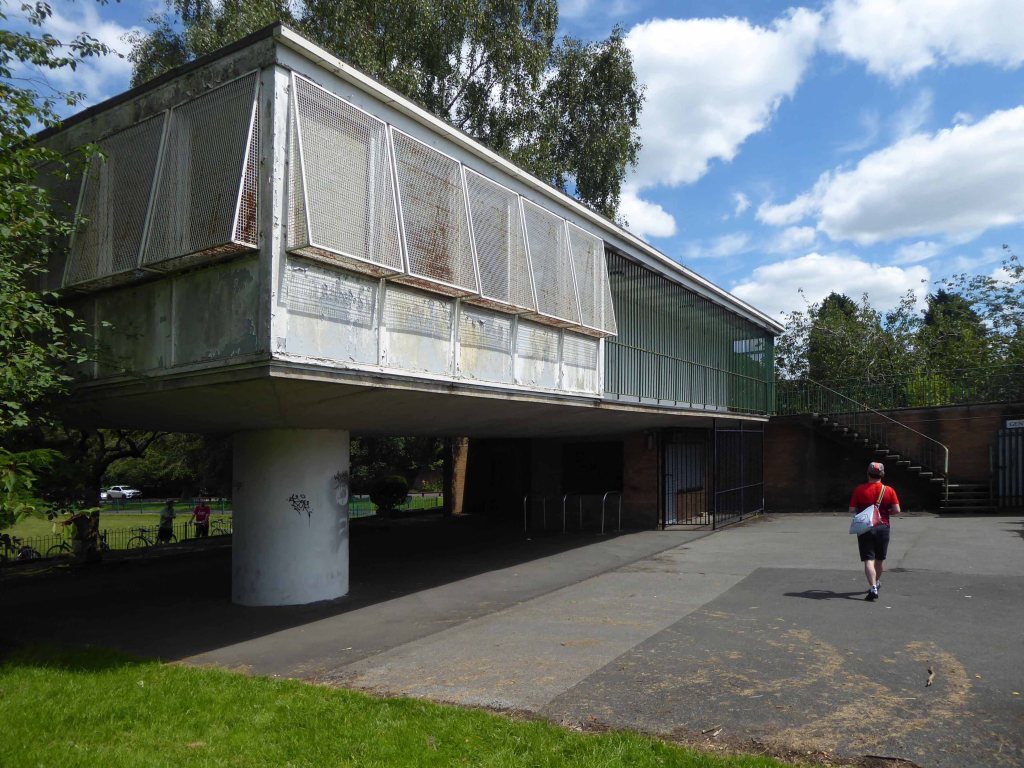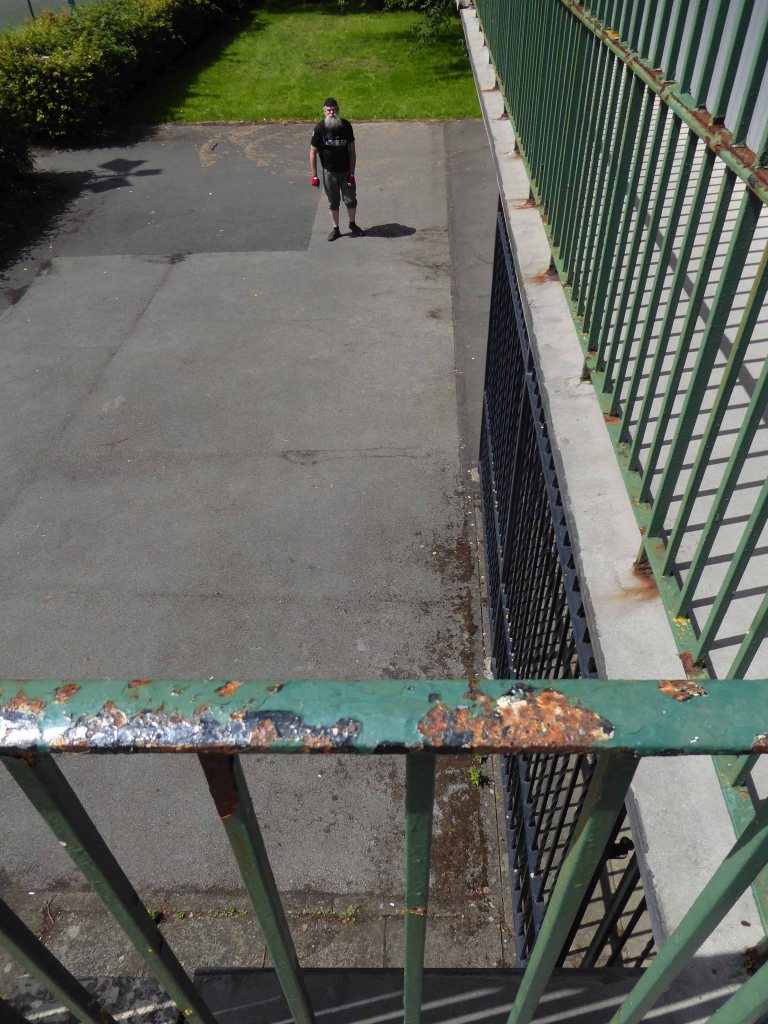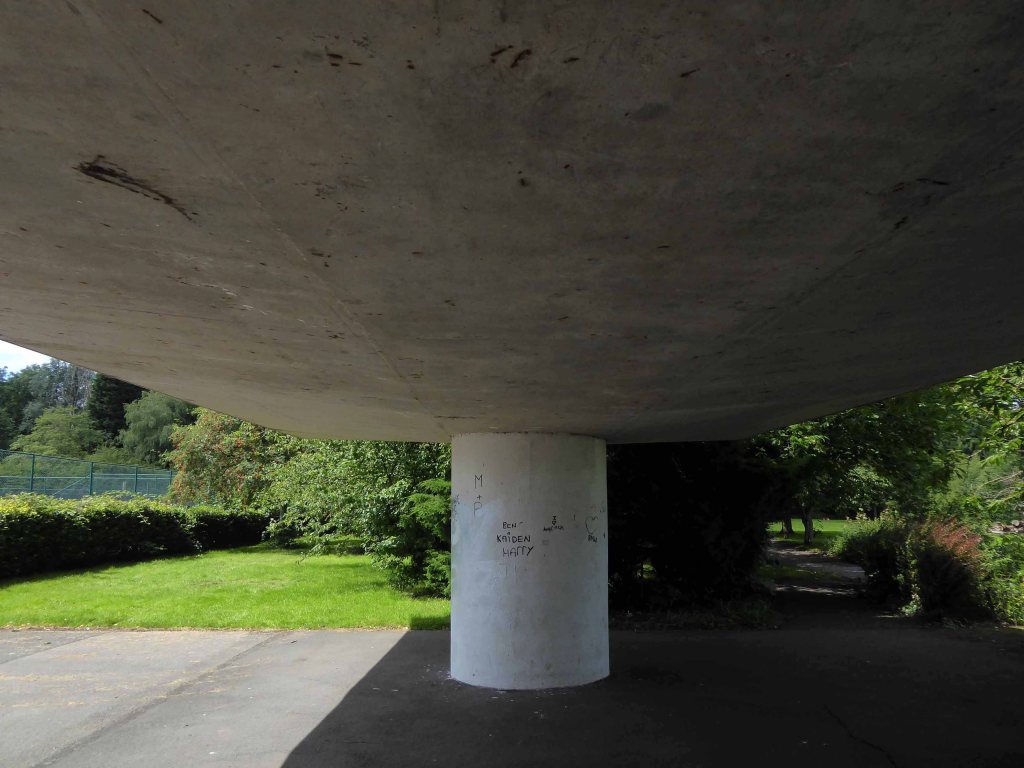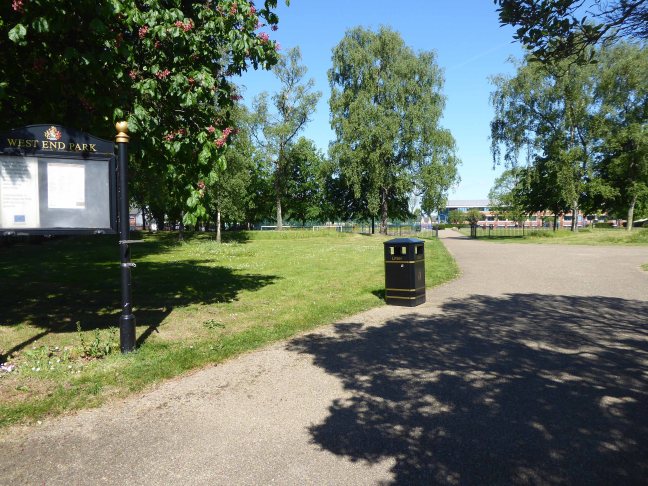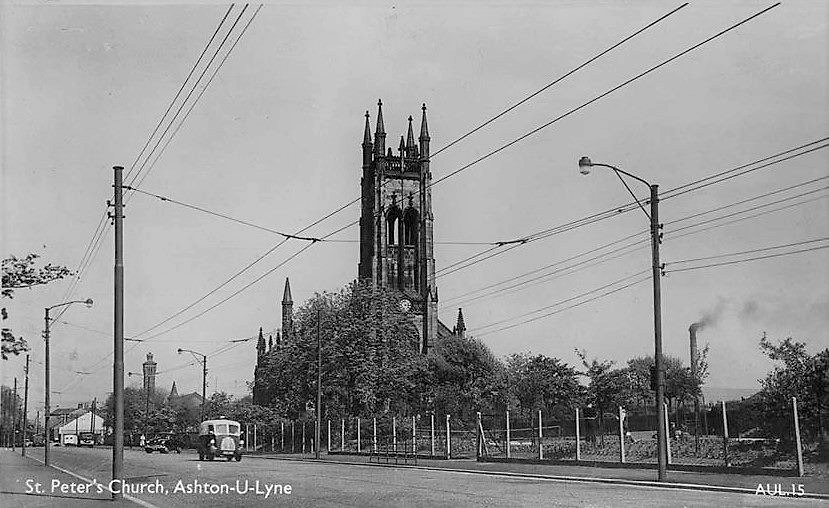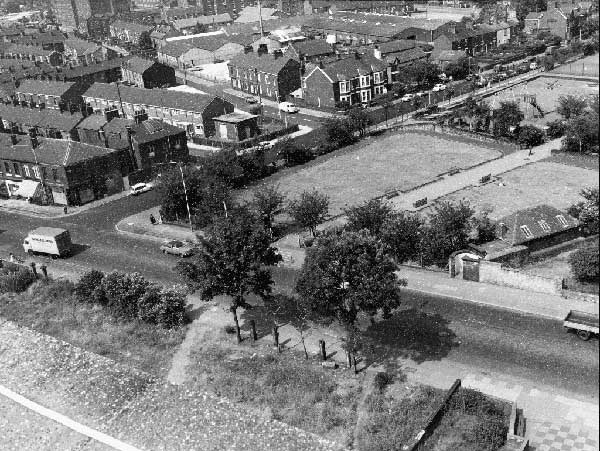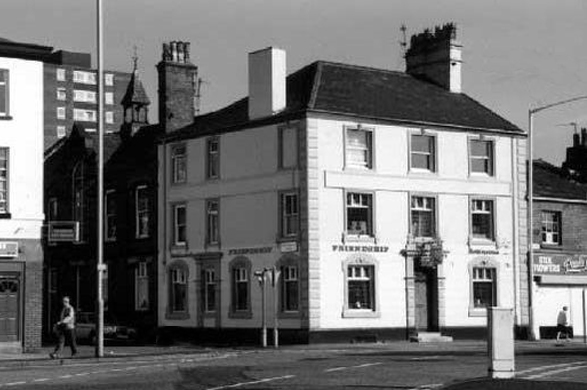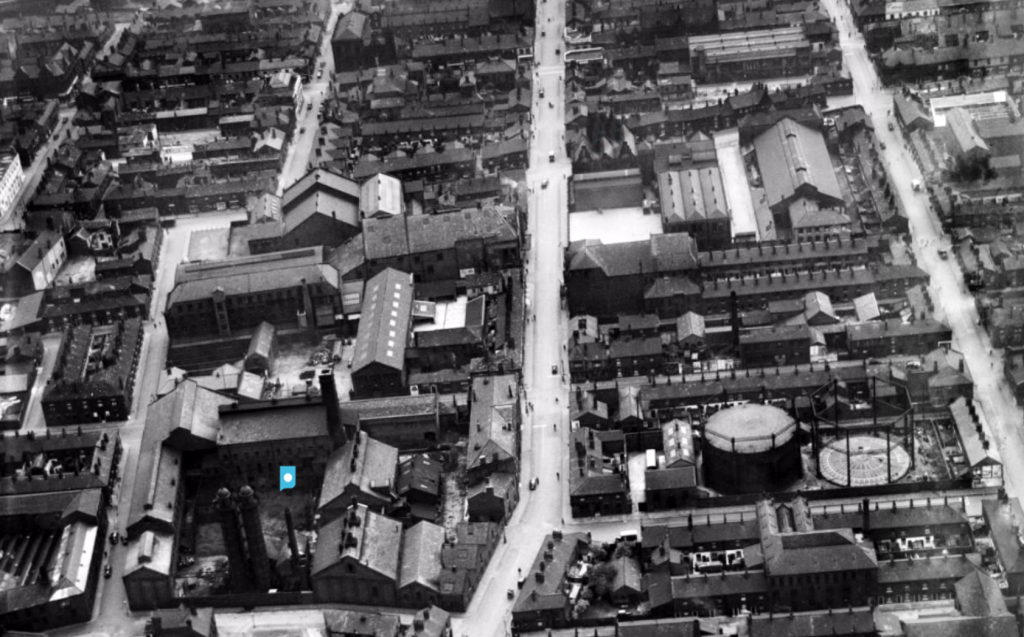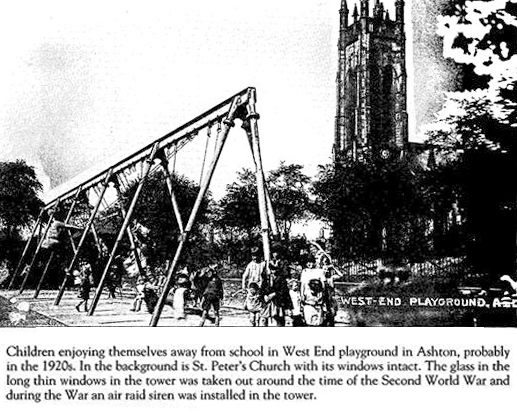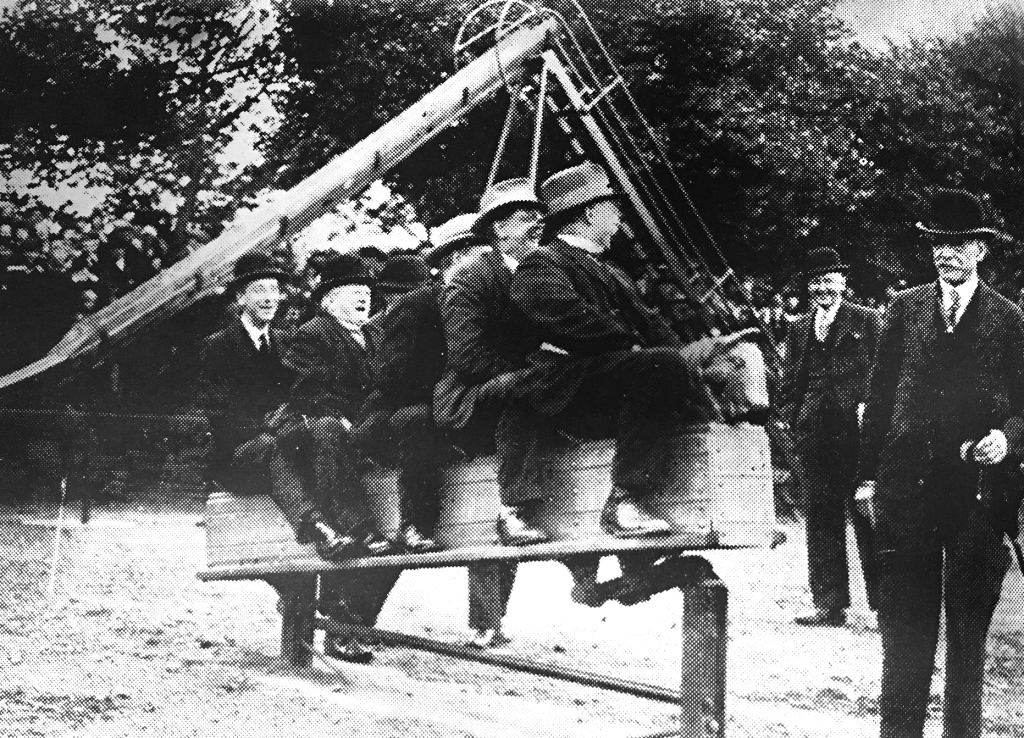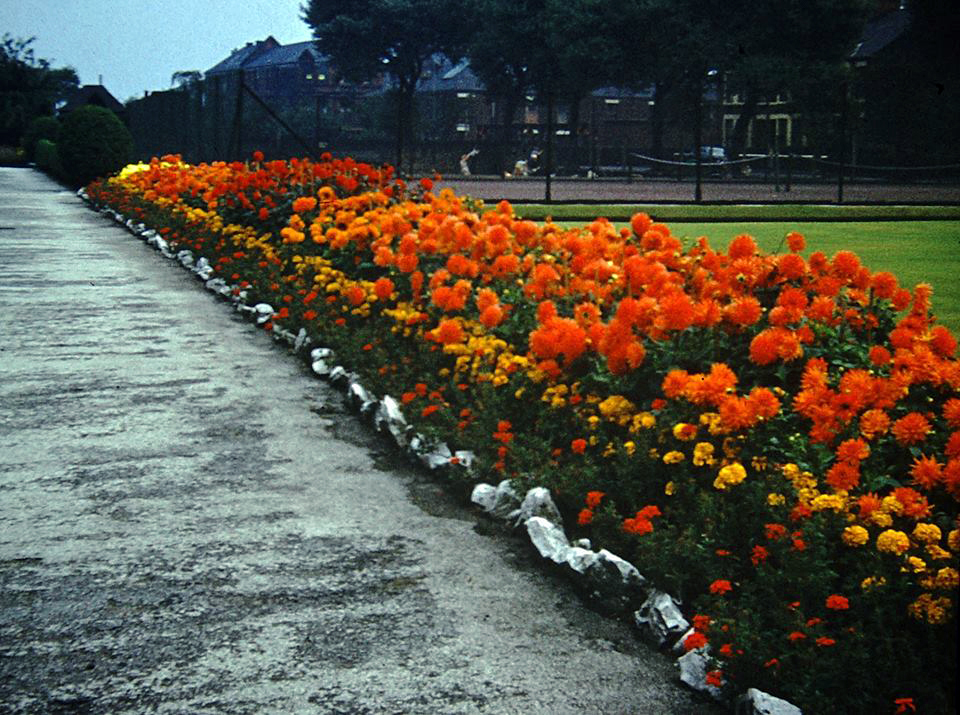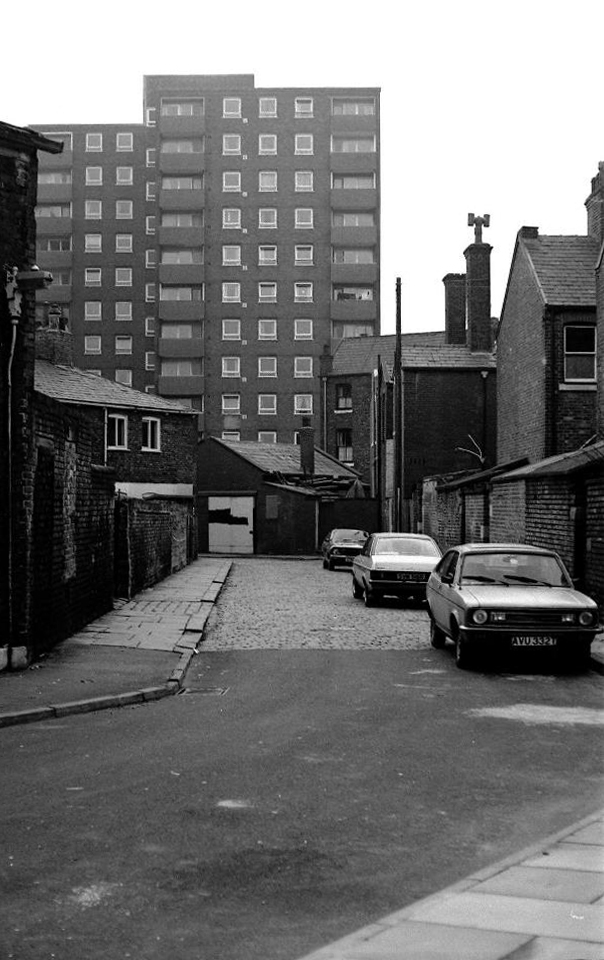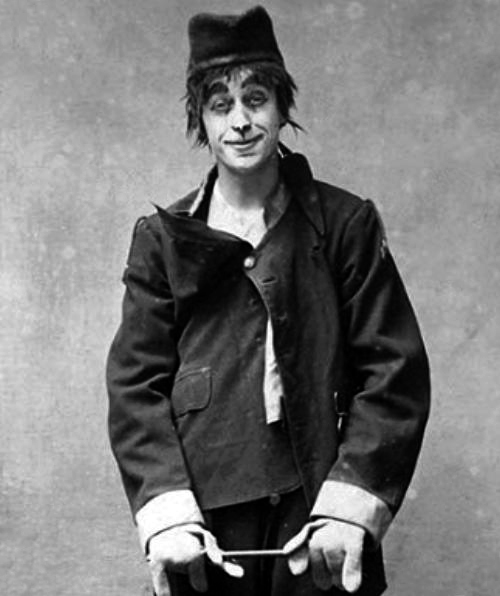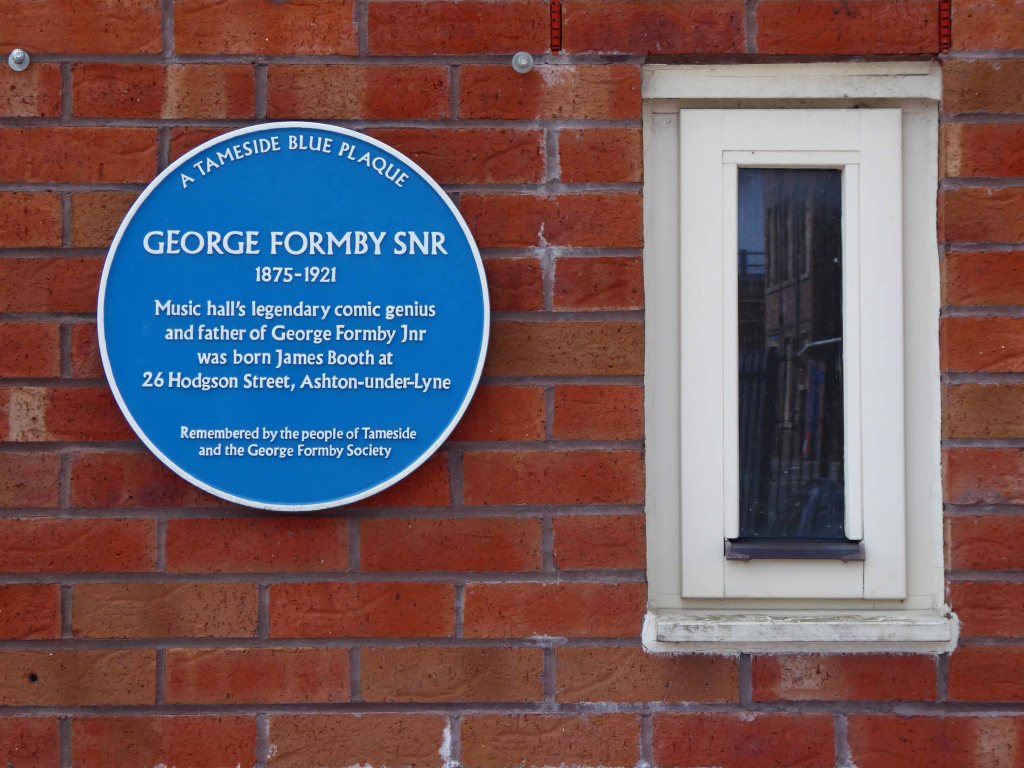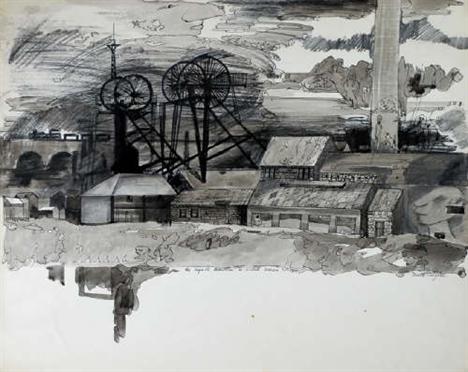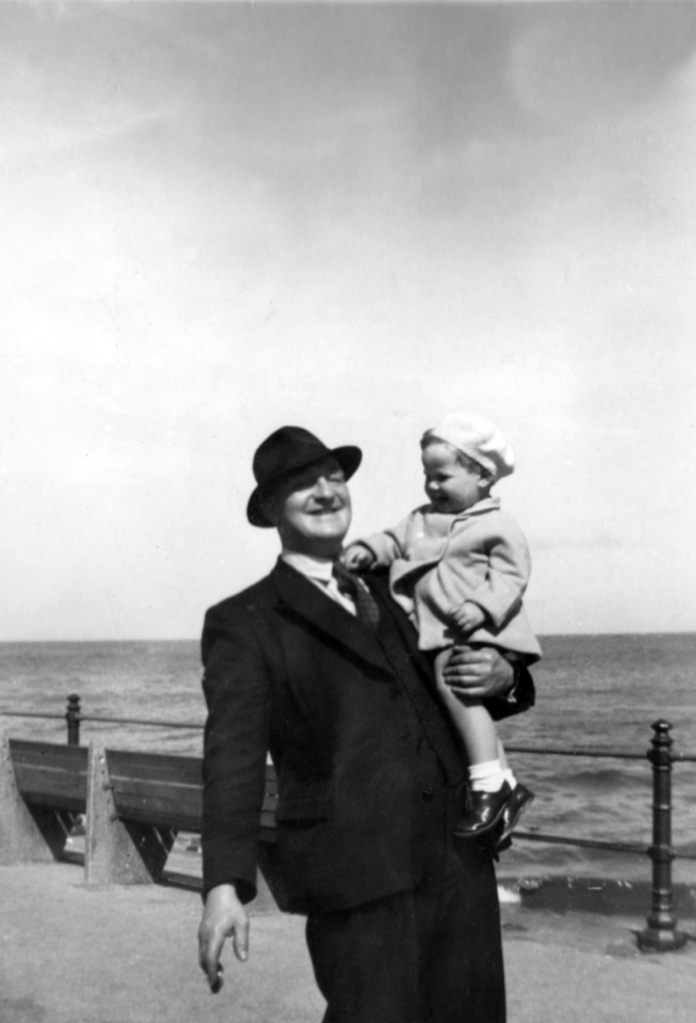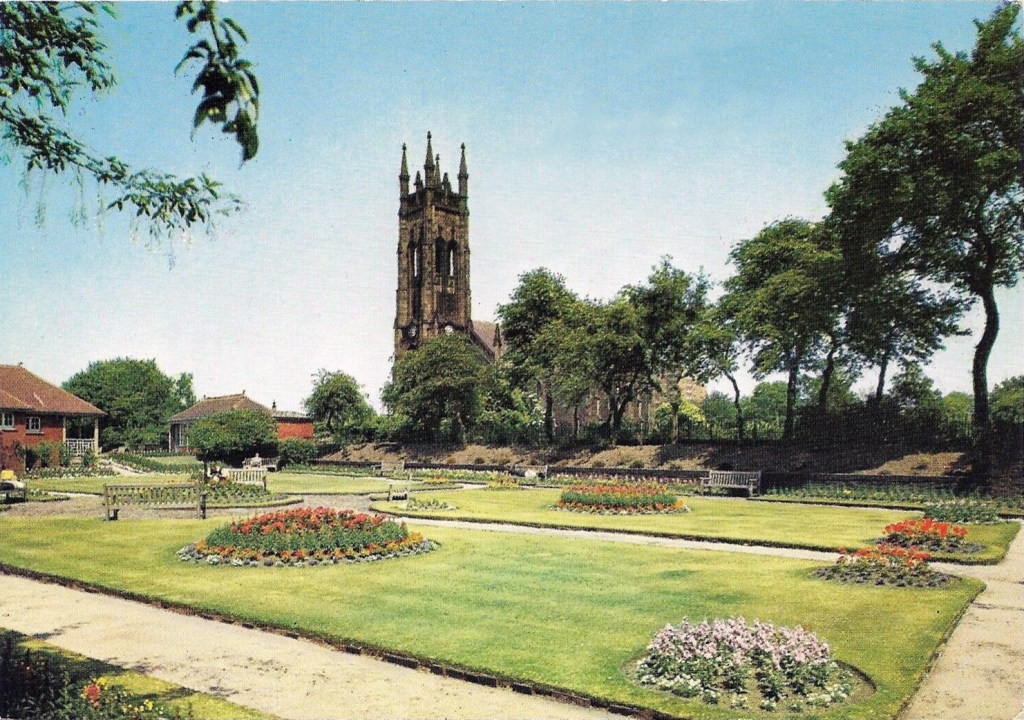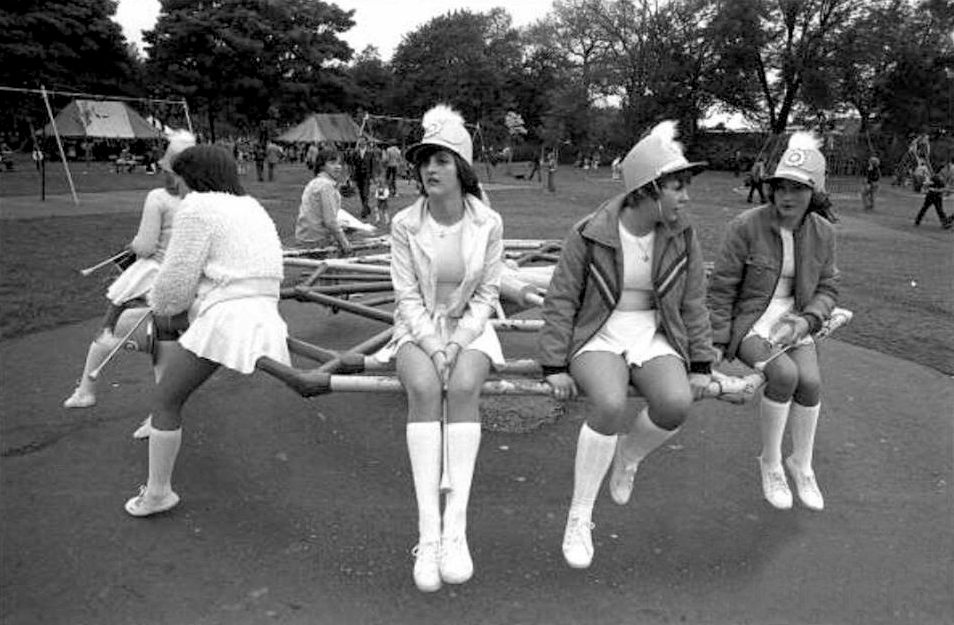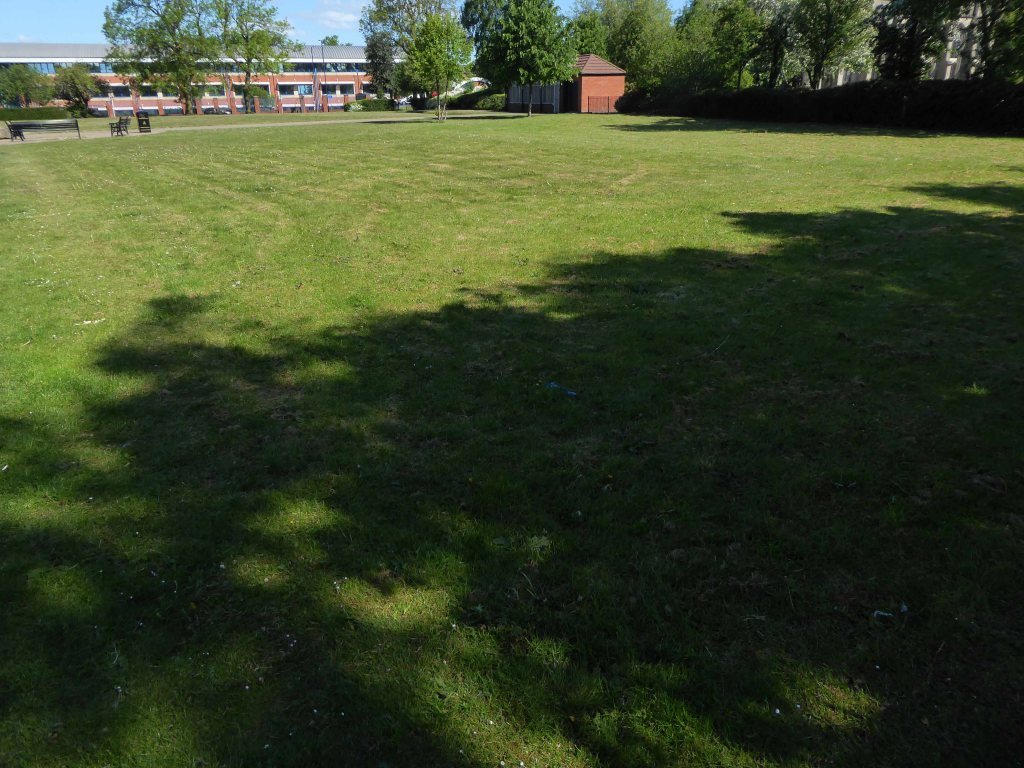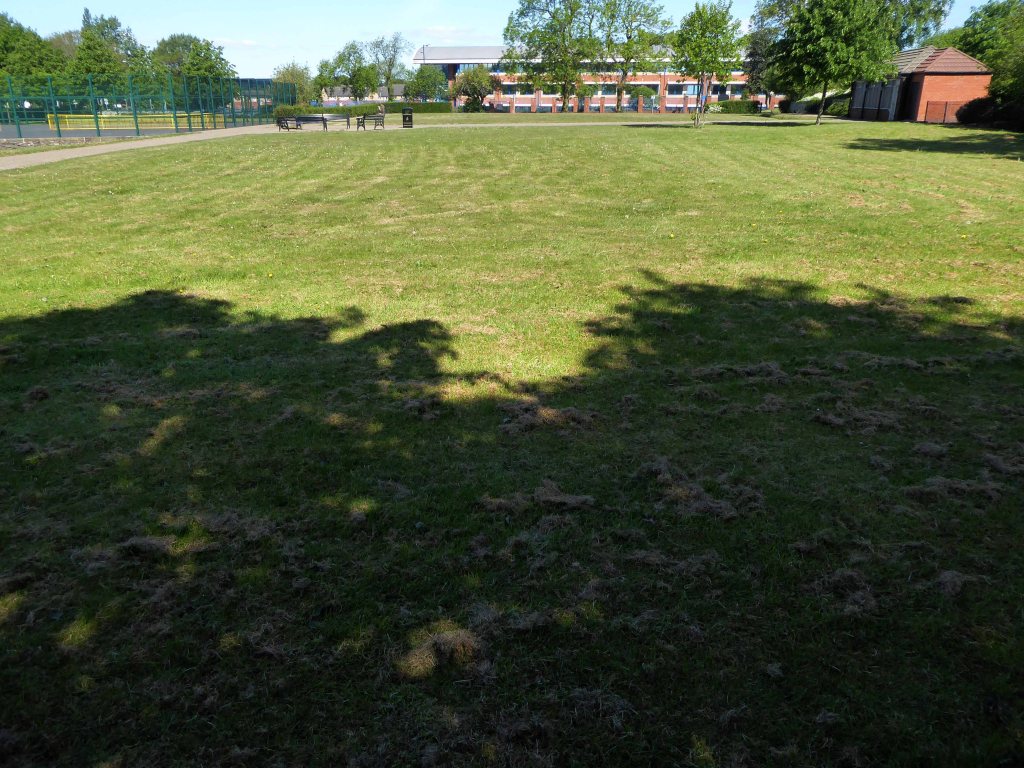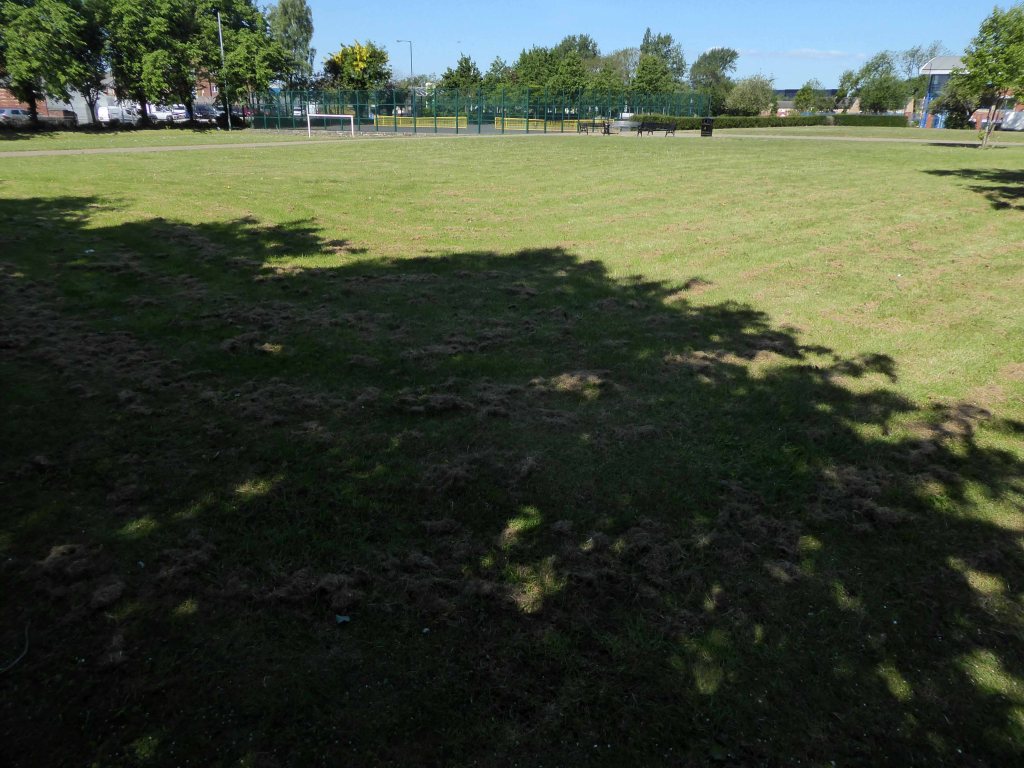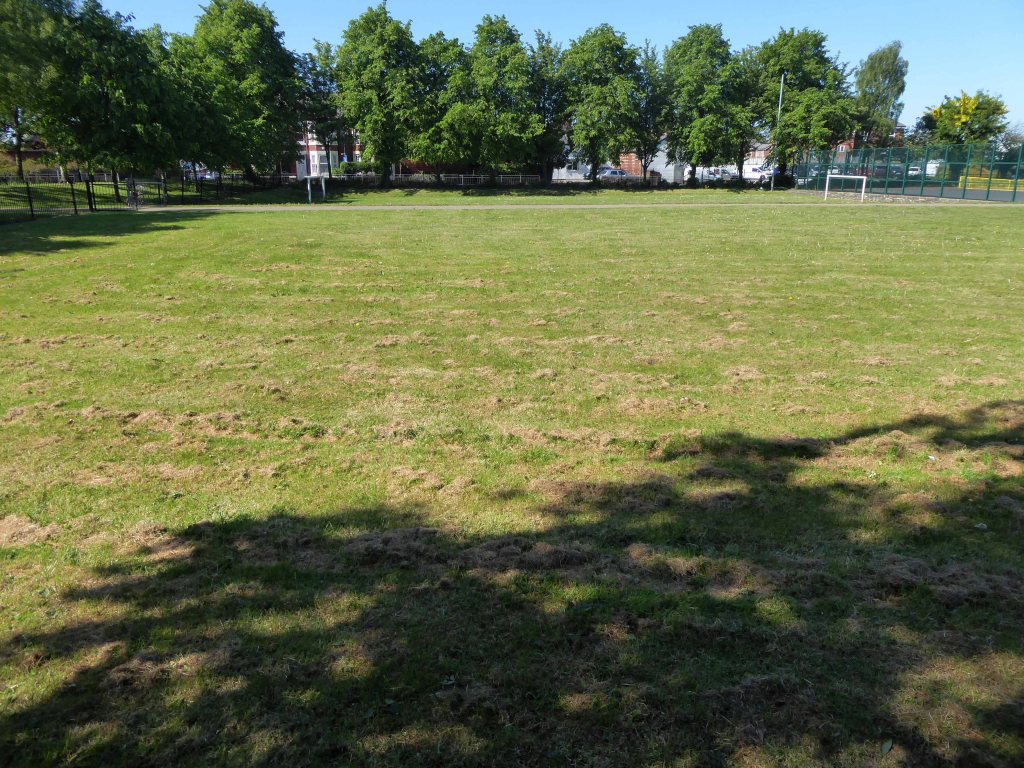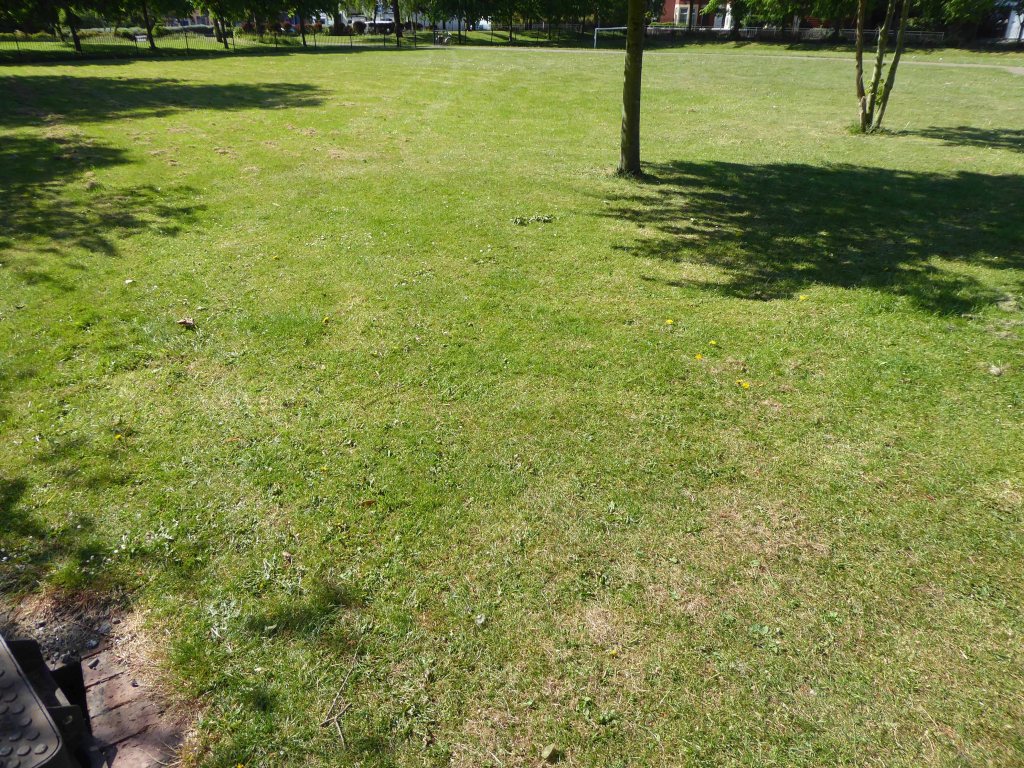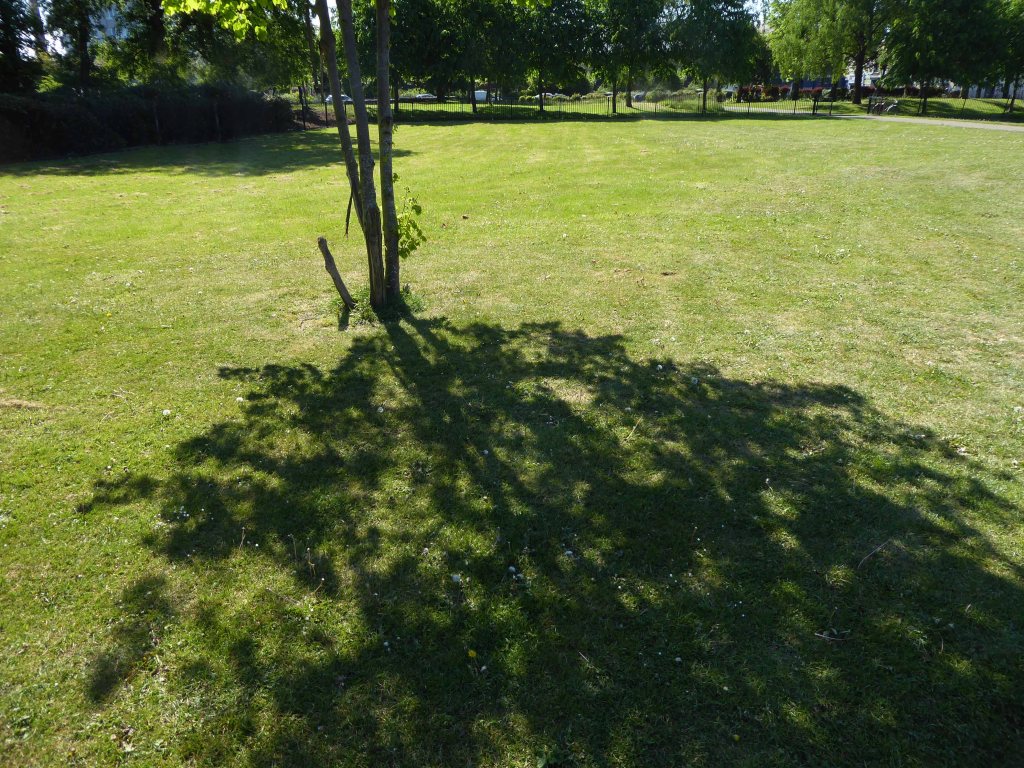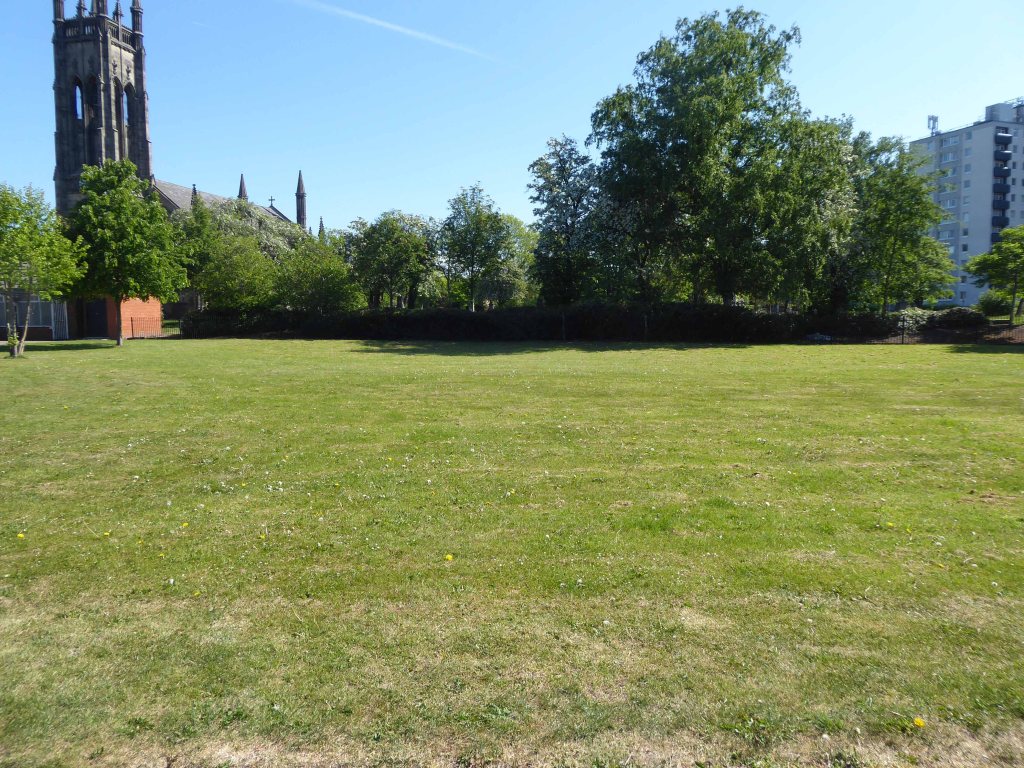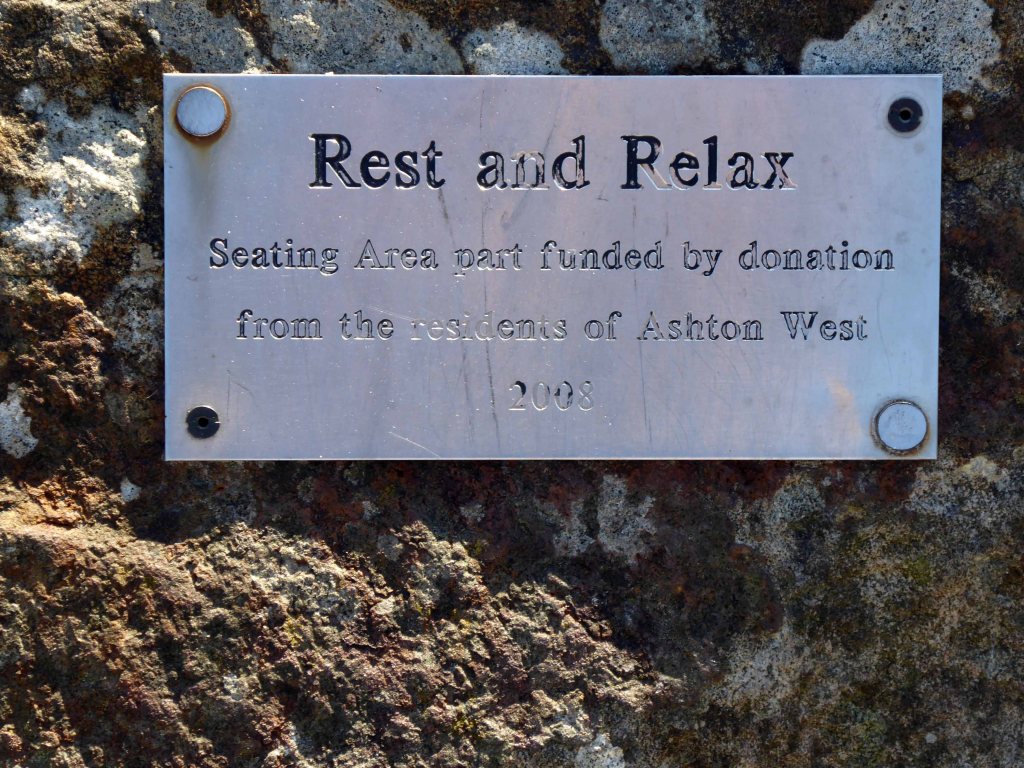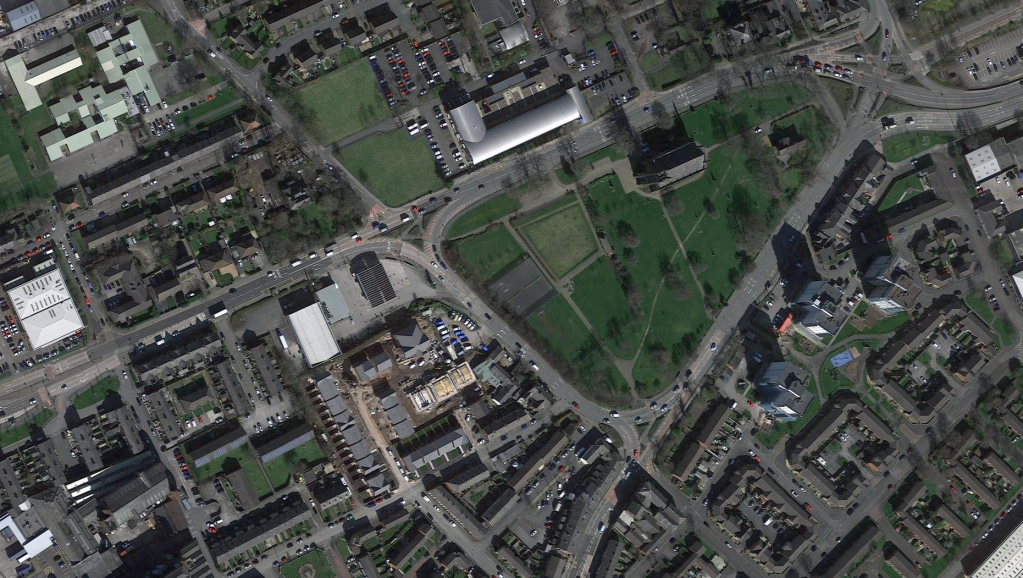
The third and last leg, starting from the confluence of the Tame and Etherow where the Mersey begins.
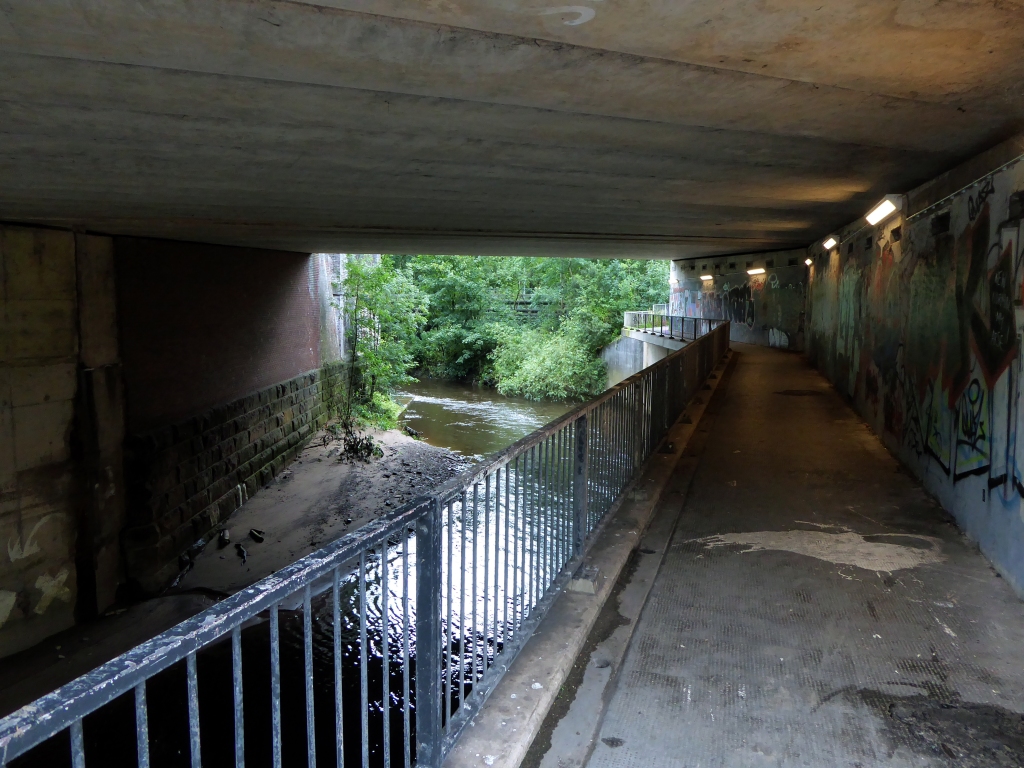
Passing the remains of the railway bridge carrying the Cheshire Lines through to Tiviot Dale Station.

Over the river and beneath the terminal pylon.

Along Penny Lane beside Lancashire Hill flats.


Across Sandy Lane into Coronation Street.

Once a rare sight on our roads the ubiquitous SUV reigns supreme on our suburban streets – the level of UK car debt currently stands at £73 Billion.

We weaved in and out of the highways and byways of South Reddish.

Through Unity Park where the goals are lower than low.

The hoops are higher.

And the bowls are rolling.

Past the perfect Platonic bungalow.

Taking the well worn path betwixt and between the houses.
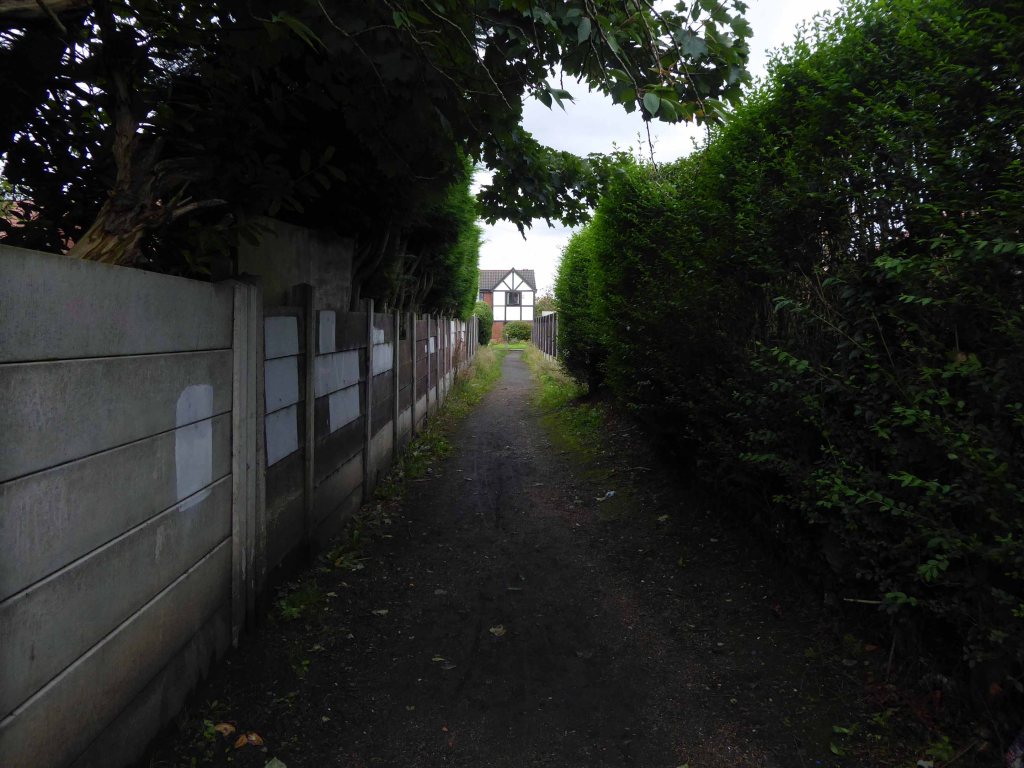
Crossing open country.

Encountering exotic planting worthy of the French Riviera.

Noting the voguish transition of the local semi-detached housing from white to grey and the now familiar sight of the Range Rover in the former front garden.

The reverse of a roadside sign can often be far more interesting and attractive than the obverse face.

Reddish South Station sustained by the once a week parliamentary train, on the Stockport to Stalybridge Line, coincidentally the only time, as a goods guard, I ever worked a passenger train, was along here, one Christmas long ago.
We stopped at Denton, a request stop, the seasonally boozy passenger gave me a fifty pence tip.

George’s – where I bought a bag of chips on the way back, great chips, friendly and safe service with a smile.

Houldsworth Working Mens Club designed by Abraham Henthorn Stott forming part of the model community developed by the late-C19 industrialist Sir William Houldsworth, which included cotton mills, workers’ housing, school, church and a park.

Church of St Elisabeth 1882-3, by Alfred Waterhouse one of the finest Victorian churches in the country – both of the buildings are Grade II Listed.
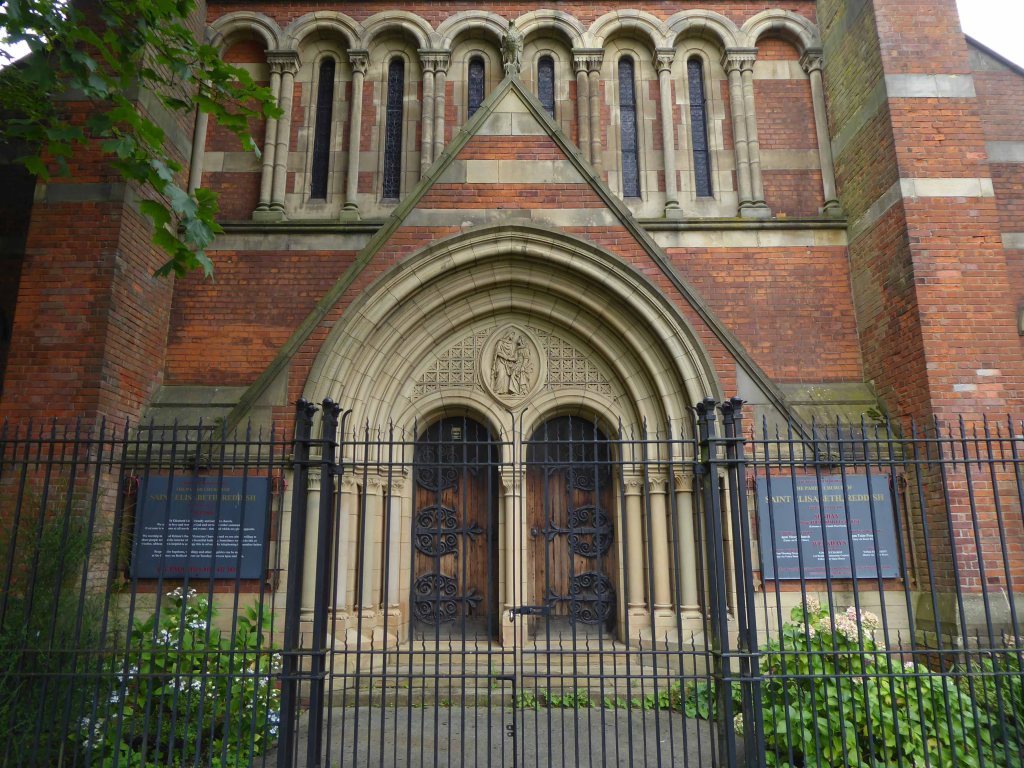
Over the way the former Victoria Mill, converted into apartments.

With adjoining new build.

We faithfully followed the signs, noting a change from blue to green.


Somewhere or other we went wrong, our luck and the signs ran out, we instinctively headed north, ever onwards!

Traversing the Great Wall.

Mistakenly assuming that the route ended or began at Reddish North Station that’s where we landed.

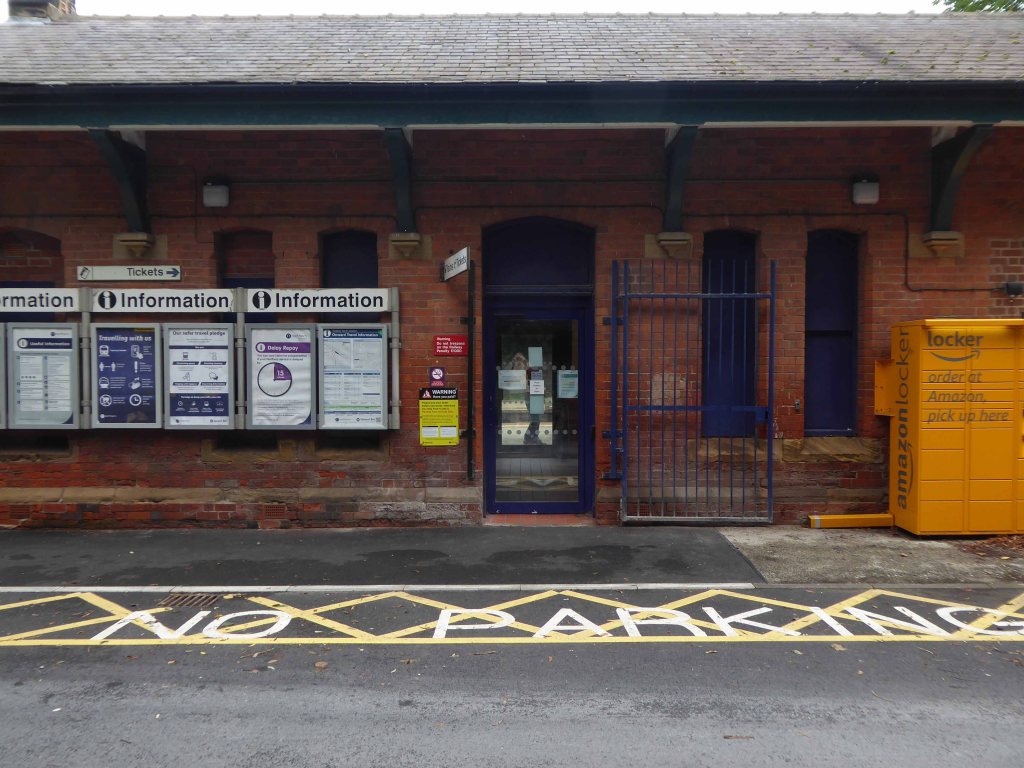
Back tracking intrepidly along the road we found the source of the Fred Perry Way.
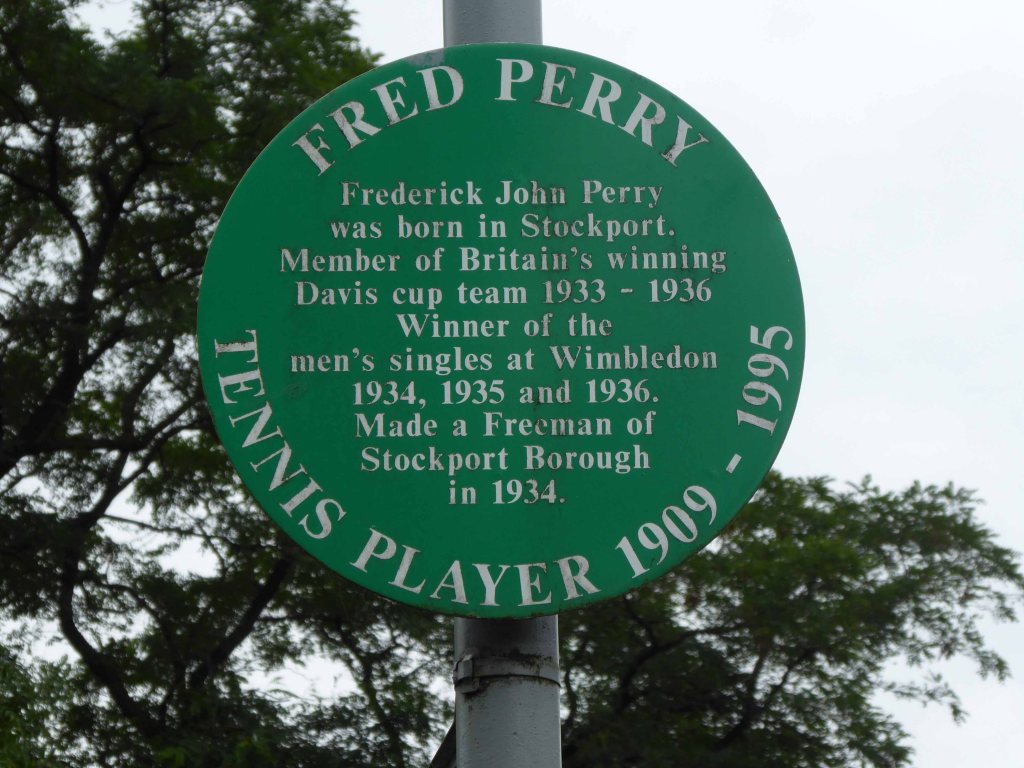
In the North Reddish Park – where tennis can still be played today albeit with a somewhat functionalist net, on an unsympathetic surface.

Journey’s end.
To forget, you little fool, to forget!
D’you understand?
To forget!
You think there’s no limit to what a man can bear?











